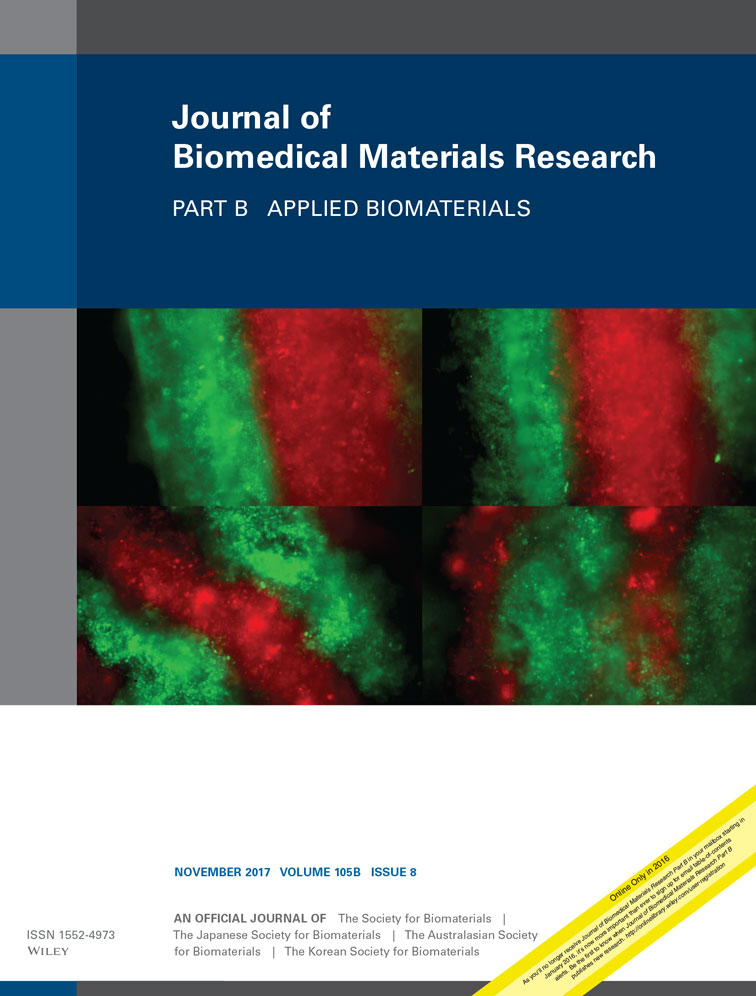The design and fabrication of a three-dimensional bioengineered open ventricle
Abstract
Current treatments in hypoplastic left heart syndrome (HLHS) include multiple surgeries to refunctionalize the right ventricle and/or transplant. The development of a tissue-engineered left ventricle (LV) would provide a therapeutic option to overcome the inefficiencies and limitations associated with current treatment options. This study provides a foundation for the development and fabrication of the bioengineered open ventricle (BEOV) model. BEOV molds were developed to emulate the human LV geometry; molds were used to produce chitosan scaffolds. BEOV were fabricated by culturing 30 million rat neonatal cardiac cells on the chitosan scaffold. The model demonstrated 57% cell retention following 4days culture. The average biopotential output for the model was 1615 µV. Histological assessment displayed the presence of localized cell clusters, with intercellular and cell-scaffold interactions. The BEOV provides a novel foundation for the development of a 3D bioengineered LV for application in HLHS. © 2016 Wiley Periodicals, Inc. J Biomed Mater Res Part B: Appl Biomater, 105B: 2206–2217, 2017.




